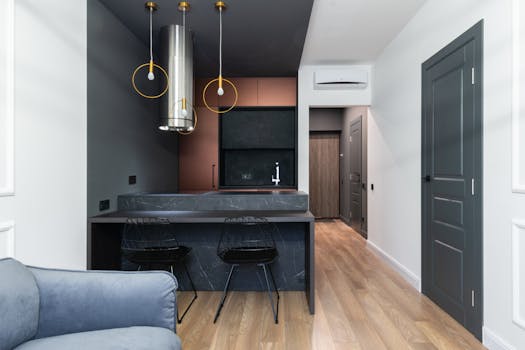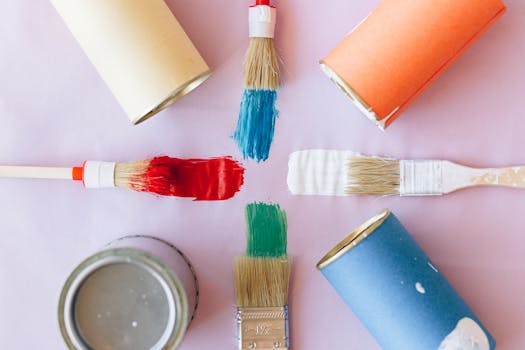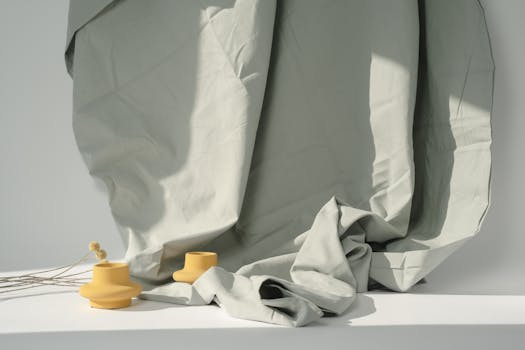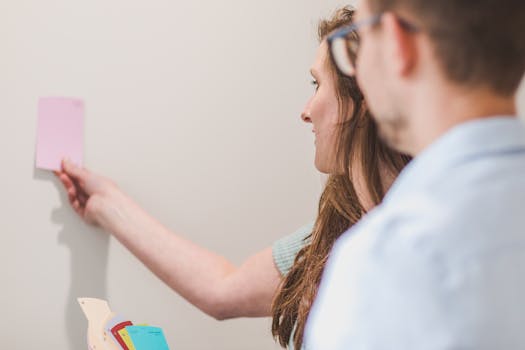Understanding the Role of Color in Home Decor

Color plays a crucial role in setting the mood and ambiance of your home. Whether you’re looking to convey warmth, tranquility, or energy, the colors you choose will significantly affect how you feel in your space. It’s important to understand that each color evokes different emotions and perceptions. For instance, light blues and greens create a calm environment, while yellows and oranges bring vibrancy and cheerfulness into a room.
Color Psychology Basics

Before diving into your choices, familiarize yourself with color psychology. This field studies how colors influence feelings and behaviors. For instance:
- Red: Excitement and passion
- Blue: Trust and serenity
- Green: Growth and creativity
- Yellow: Optimism and energy
- Purple: Luxury and imagination
By understanding these meanings, you can curate a color palette that aligns with your personal style and desired mood for each space in your home.
Creating a Cohesive Color Palette

Once you have a grasp on color psychology, it’s time to think about your overall palette. Creating a cohesive color scheme can be a gratifying endeavor. Here are some popular strategies you might consider:
monochromatic schemes
This method involves variations of a single color. By mixing different tones, shades, and tints, you can maintain visual unity while adding depth to a room.
Analogous colors
Using colors that reside next to each other on the color wheel (like blue, blue-green, and green) creates a harmonious and pleasing appearance, perfect for a serene space.
Complementary color schemes
This approach involves pairing colors opposite one another on the color wheel, such as blue and orange, to create a dynamic contrast that is visually exciting.
Sourcing color samples can help see how they interact with light and existing furnishings. Purchase paint samples or use online visualization tools to mock up your room.
The Importance of Lighting

Your home’s lighting can dramatically affect the colors you perceive in your interior spaces. Natural light, artificial light, and the varying intensities of these lights can alter how a color looks.
Consider the direction your rooms face and how much light they get throughout the day. South-facing rooms are bathed in warm sunlight, causing colors to appear more vivid, while east-facing can highlight cooler tones. Assess your choice in different light situations, both during the day and in the evening.
Testing and Tweaking Your Color Choices

Once you’ve selected a few colors for your palette, it’s time to test them. Paint patches on the wall, allowing for some time to observe. Consider zoning in on a few favorite hues within your maneuvered palette and integrating textured materials like textiles, rugs, and wallpapers into the space. Pocket fabrics against paint swatches for reality-checking.
Don’t feel locked into your choices after they are on the walls; the beauty of home decor lies in its evolution. You can change small accents or re-paint sections down the round—in enhancement or revision all color palettes adapt and change your living conditions over time!




